February 2022
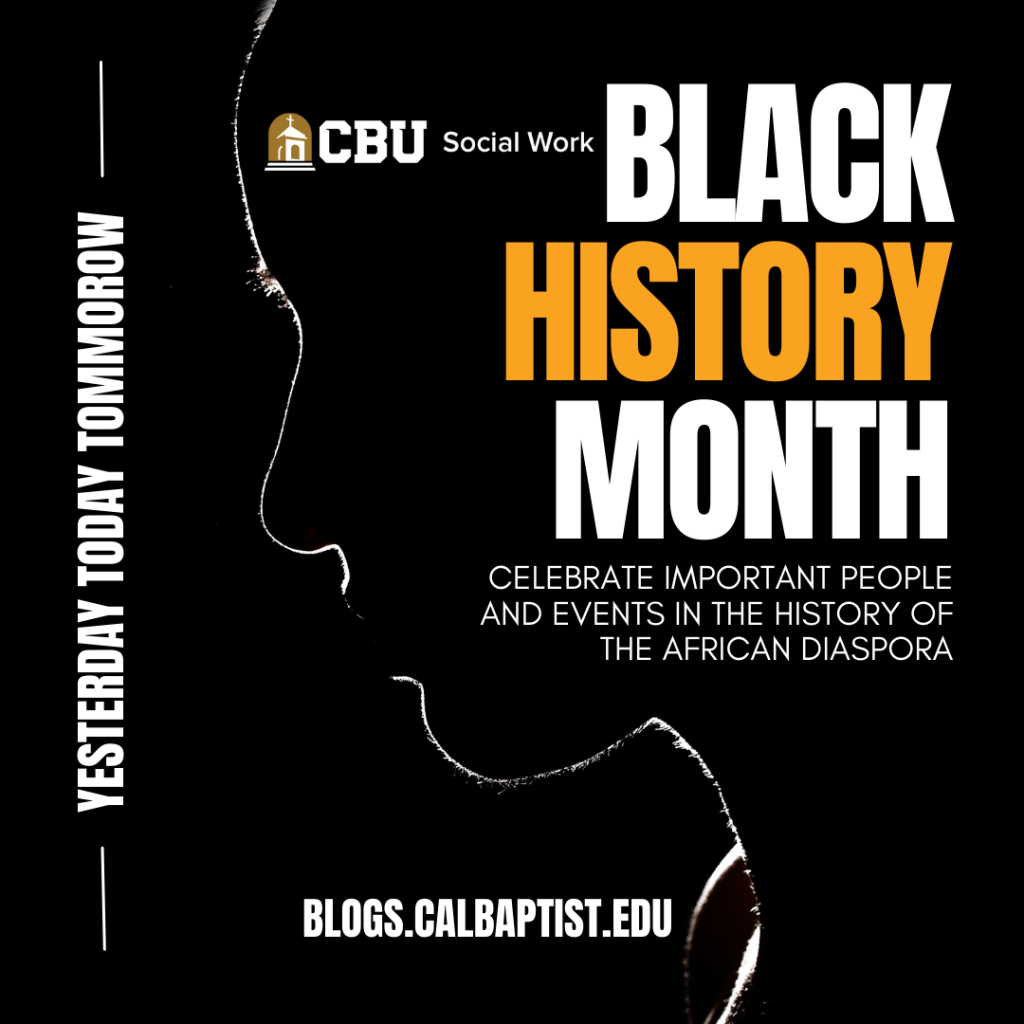
February 2022

By Dr. Viola Lindsey, ASW, MSW, Ph.D.
Anecdotally, relaxed restrictions related to COVID 19 are said to be contributing factors in the rise of interpersonal violence, both physically and verbally. The occurrence is nationwide. Neither Region, nor blue or red states have been spared. As such, enmity thrives. However, to date, no known confirmatory evidence is available to substantiate such claim.
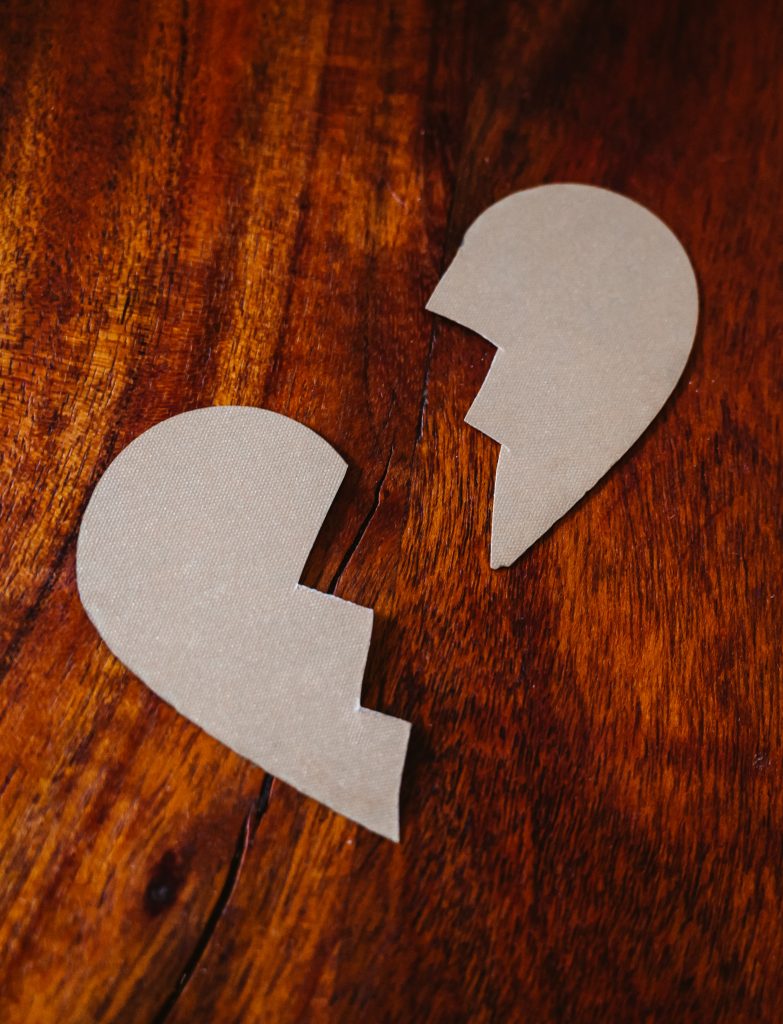
Yet, on any given day there is news of verbal and physical violence perpetrated on others simply based on a request to wear a mask; violence attacks on roadways because the driver ahead of you is perceived to be moving too slowly, or changed lanes to move in a position ahead of you, or failed to take off too slowly following a red light change.
College campuses are a microcosm of our larger world. As college campuses begin to return to normalcy by way of in-person studies, there is a need to raise awareness of the prevalence, signs, and response to violence as it relates to interpersonal relationships unrelated to, but potentially exacerbated by COVID 19.
Prevalence
According to the California Coalition Against Sexual Assault (CALCASA), The National Institute of Justice (NIJ), and the Bureau of Justice Statistics [BJS], (2000) violence on campuses are more commonly related to dating violence.
Coker, Follingstad, Bush and Fisher (2016), on the other hand, found no significant difference in IPV between college students and non-college students, while recognizing the need to provide all young adults with violence prevention interventions in educational, workplace, and other community service settings.
Another research study, Branch, Richards and Dretsch (2013), reports that sexual assaults and other forms of violence against women on campus are gravely underreported, suggesting that the problem is far more pervasive than statistics show. Addressing bystander intervention, Branch, Richards and Dretsch (2013) found that students were more likely to report IPV if it happened to their friends than if it was observed, generally.
Additionally, study conducted by Palmer, Nicksa and McMahon (2018) found that students who knew the victim or perpetrator chose to intervene directly or indirectly; whereas, students who knew neither the victim nor the perpetrator tended to take the stance that someone else would intervene.
Recognizing the signs
Recognize the warning signs of abuse in dating relationships, along with training on how to intervene, may reduce the prevalence of interpersonal violence. Using a Relationship Red Flag Scale, Kearney and O’Brien (2021) categorized IPV warning signs into six main themes,
Monitoring Behaviors [i.e., checking on a dating partner’s location and communication with others], Controlling Behaviors [i.e., limiting a dating partner’s autonomy], Demeaning Behaviors [i.e., putting down a dating partner, trying to decrease a dating partner’s self-esteem], Threatening and Aggressive Behaviors [i.e., making a dating partner afraid of being harmed],and Jealous and Possessive Behaviors [i.e., demanding all of a dating partners affection and an unwillingness to share a dating partner’s attention].( P. 544)
The One Love Foundation (2021) further illuminates 10 signs of unhealthy relationships that warns of IPV. 10 Signs of an Unhealthy Relationship
One Love Foundation
Intervention Training – ‘See something, Say something’
As previously noted, many student bystanders make subjective judgments about when to intervene in IPV circumstances. Bystander intervention training would provide students with tools to learn how to intervene, before, during, and after an IPV occurrence (Branch, Richards & Dretsch, 2013; Palmer, Nicksa & McMahon, 2018). Training is never intended to place bystanders, themselves, at risk of harm; the training toolbox arms students with information concerning the prevalence and warning signs of dating violence with the hope that these individuals will ‘say something’ when they see IPV behaviors.
Postscript
Two case samples informed this discussion:
The murders of Yeardley Love (The One Love Foundation), and Alexandra Kogut (The Purple Pinkie Charitable Foundation, Inc.). Both foundations aim to raise awareness of campus dating violence and to remove the stigmas and shame associated with reporting, asking for help, and seeking counseling.
The Yeardley Love Story
Yeardley Love, a senior at University of Virginia, Charlottesville student; member of the women’s lacrosse team, was murdered in her dorm room by her University of Virginia boyfriend in 2010. Yeardley was 23 years old (see link below for more information about the Yeardley Love story https://youtu.be/BprdpyKwZyg?t=12
The Alexandra Kogut Story
Alexandra Kogut, a high school swim team captain and 18 year old freshman at the State University of New York, Brockport, was murdered in her dorm room by her boyfriend in 2012 (see link below for more information on the Alexandra Kogut Story)
Violence Prevention Resources:
Center for Disease Control and Prevention; Campus Violence Prevention Resource Guide
Violence Prevention Home Page (cdc.gov)
#ThatsNotLove — One Love (joinonelove.org)
References
Branch, K. A., Richards, T.N. & Dretsch, E. C. (2013). An exploratory analysis of college
students’ response and reporting behavior regarding intimate partner violence, victimization and perpetration among their friends. Journal of Interpersonal Violence, 28(18), 3386-3389. DOI: 10.1177/0886260513504494
Coker, A. L., Follingstad, D. R., Bush, H. M., & Fisher, B. S. (2016). Are interpersonal violence
rates higher among young women in college compared with those never attending college? Journal of Interpersonal Violence, 31(8) 1413-1429. DOI: 10.1177/0886260514567958
Palmer, J. E., Nicksa, S. C., & McMahon, S. (2018). Does who you know affect how you act?
The impact of relationships on bystander intervention in interpersonal violence situations. The Journal of Interpersonal Violence, 33(17,) 2623–2642. DOI: 10.1177/0886260516628292
NACSW is pleased to announce this year’s 71st Annual Convention, “Bringing All People Under One Roof: Supporting Vulnerable Groups in Our Communities” in Glendale, CA from November 18-21st, 2021. Mark your calendars today so you do not miss this remarkable event for Christians in social work – or better yet, register today!
Check out this video message from the 2021 Planning Committee members.

NACSW will also be offering more than 100 workshops and poster sessions, two preconvention institutes, as well as opportunities to network and worship together with other Christians in social work from all across North America.
In addition, convention participants are eligible to earn up to 19.5 hours of continuing education contact hours approved by the Association of Social Work Boards.
NACSW’s Convention 2021 will be held at the Hilton Los Angeles North/Glendale & Executive Meeting Ctr,100 West Glenoaks Boulevard, Glendale, CA 91202. Check out more information about the hotel and things to do in the LA area.
NACSW will be dedicating one full day to our special tracks: Criminal Justice (Friday November 19) and Immigration (Saturday, November 20th), scheduled for these days will be special Educators Forum, panel discussions and community conversations, please visit the schedule for details.
If you have any questions about NACSW’s Convention 2021, don’t hesitate to contact us. Most of all, remember to put November 18-21, 2021 on your calendar for this exciting event for Christians in social work!
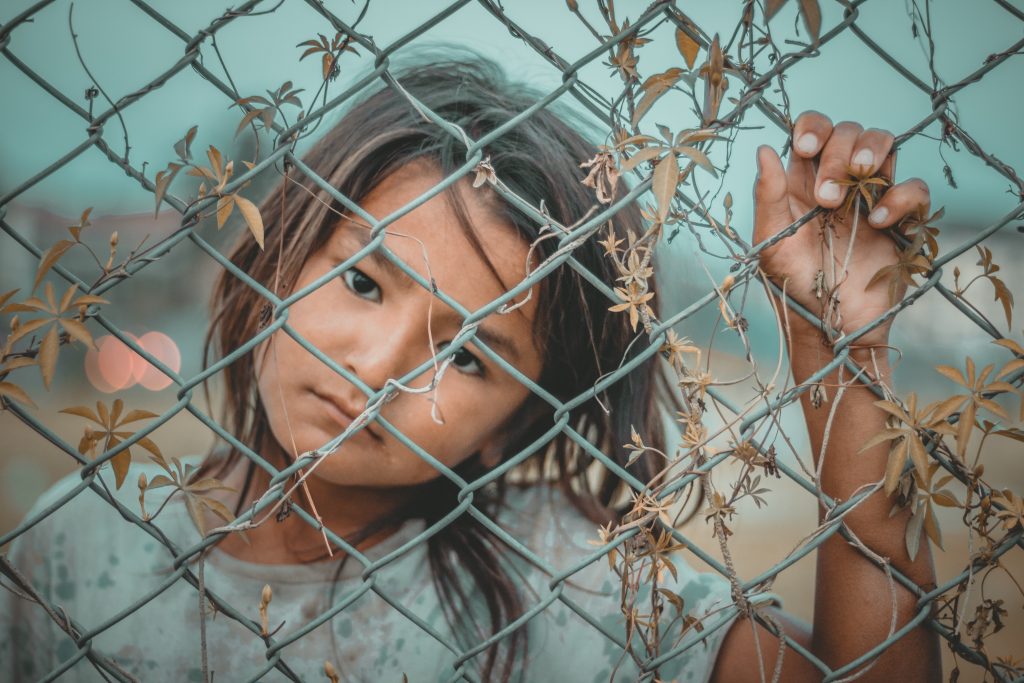
CBU MSW students in our “Trauma in Children” social work class recently worked on public service videos to bring awareness to child abuse and other situations that may result in traumatic responses in children.
As we wrapped up Child Abuse Prevention Month in April, it is important to share information about what child abuse is so that we can bring awareness.
There were so many great videos! Check out a few of them below:
Jessica Jones (Adverse Childhood Experiences): https://youtu.be/M_DfgpIn-54
Saundra Wade: https://youtu.be/ybxpO8mhp5Q
Maxine Auer (Commercial Exploitation of Children): https://youtu.be/yu1ZOsRvbK4
Allie Aprahamian (Domestic Violence):
Maryan Girgis (Bullying): https://youtu.be/mYTVXtzrLr8
Ashley Alexander: https://youtu.be/FinmD0ia1dI
Kaiya Sanabria: https://youtu.be/BS3OH8pKW_U
Catherine Spach (Children in Military Families): https://youtu.be/MBMTpTNDV0k
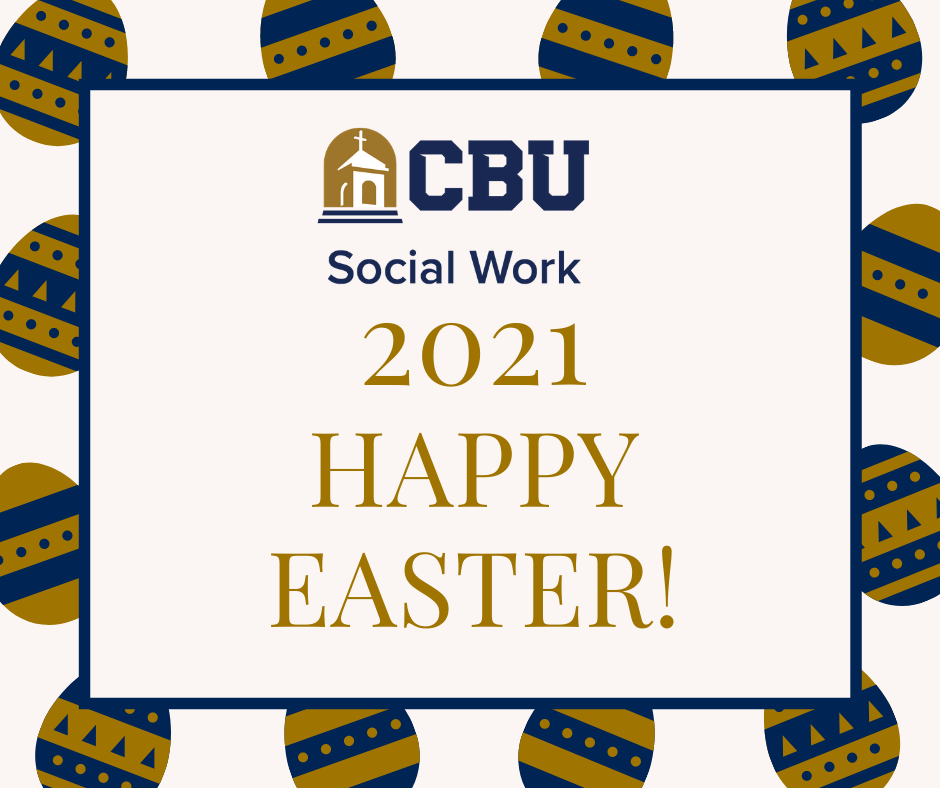
On Saturday, March 27th, our master of social work students in the Love Thy Neighborhood (LTN) student group gathered donations and assembled Easter baskets for the kids in Olive Crest’s care. Olive Crest is a foster and adoption agency committed to caring for abused and neglected children. They are “dedicated to preventing child abuse, to treating and educating at-risk children and to preserving the family… ‘One life at a Time’”.
As a group, we assembled and delivered 40 Easter baskets for children ages 0-18 to Olive Crest. These baskets included toys, personal care items, gift cards, Easter candy, and other items geared to specific age ranges. The baskets were intentionally prayed over and included messages of encouragement and affirmation to the children receiving them. LTN partnered with the recreation department at CBU to help assemble and deliver the baskets.
*Represented in the pictures: Diana Rodriguez, Melissa Martinez, Melissa McElroy, Nina Schlesinger, Cecilia Uribe, Yessica Medrano, Jasmine Coleman, Jaye Nicole, Jerri Middleton, and Stephen Middleton.
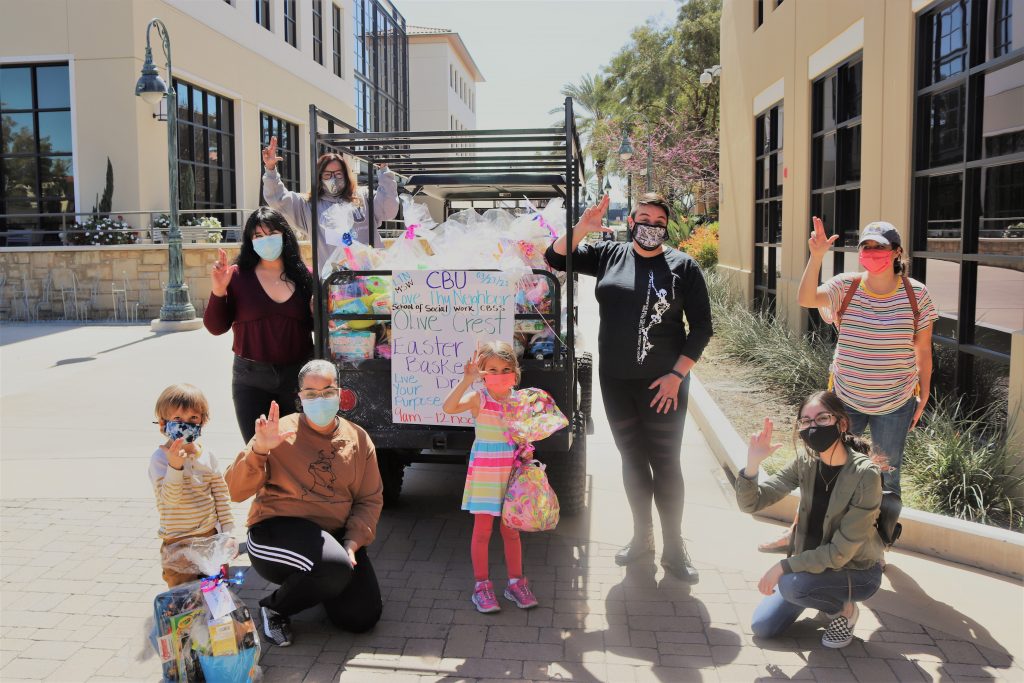
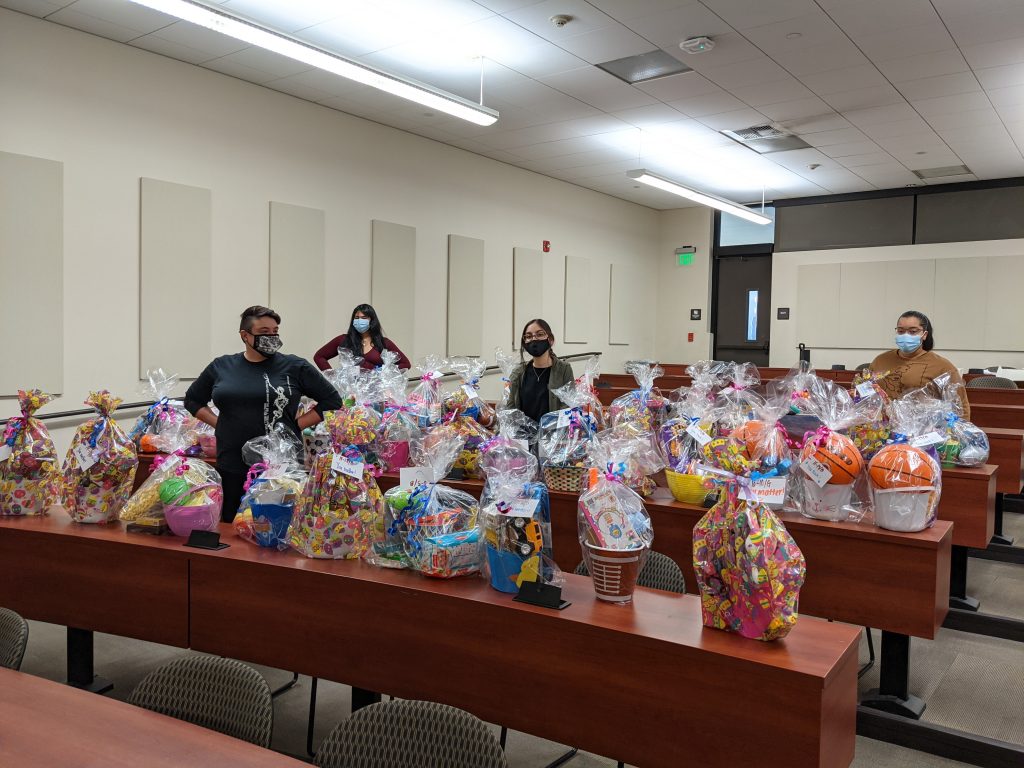
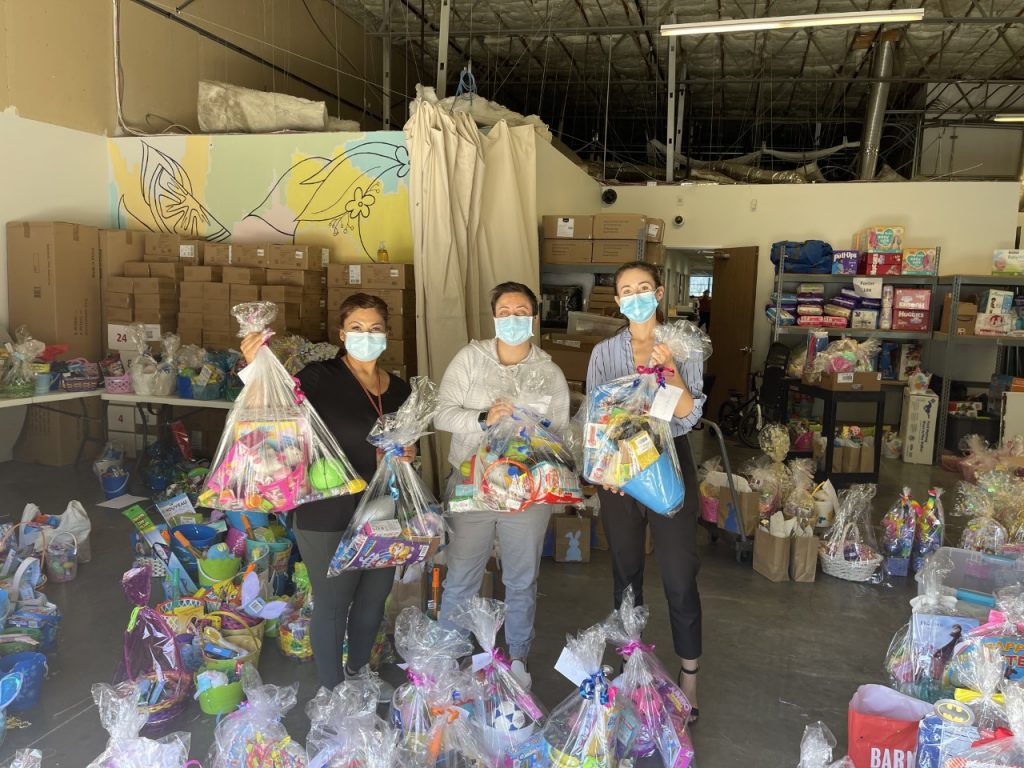
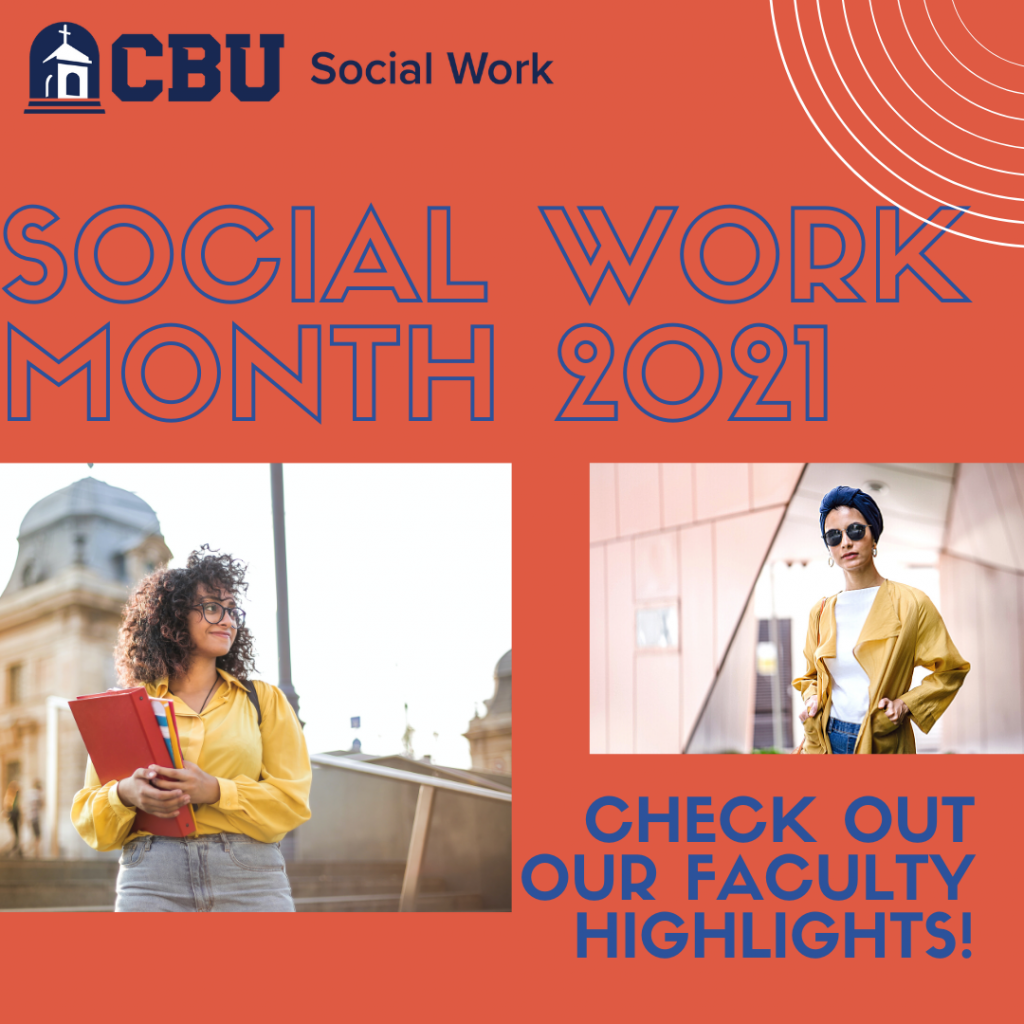
CBU’s Social Work Department will be featuring each of our faculty members throughout the month of March in hopes to share to their widespread passion and professional commitment to the field of social work. Click each video below to see what they have to say!
Be sure to visit our page as we highlight more faculty throughout Social Work Month!
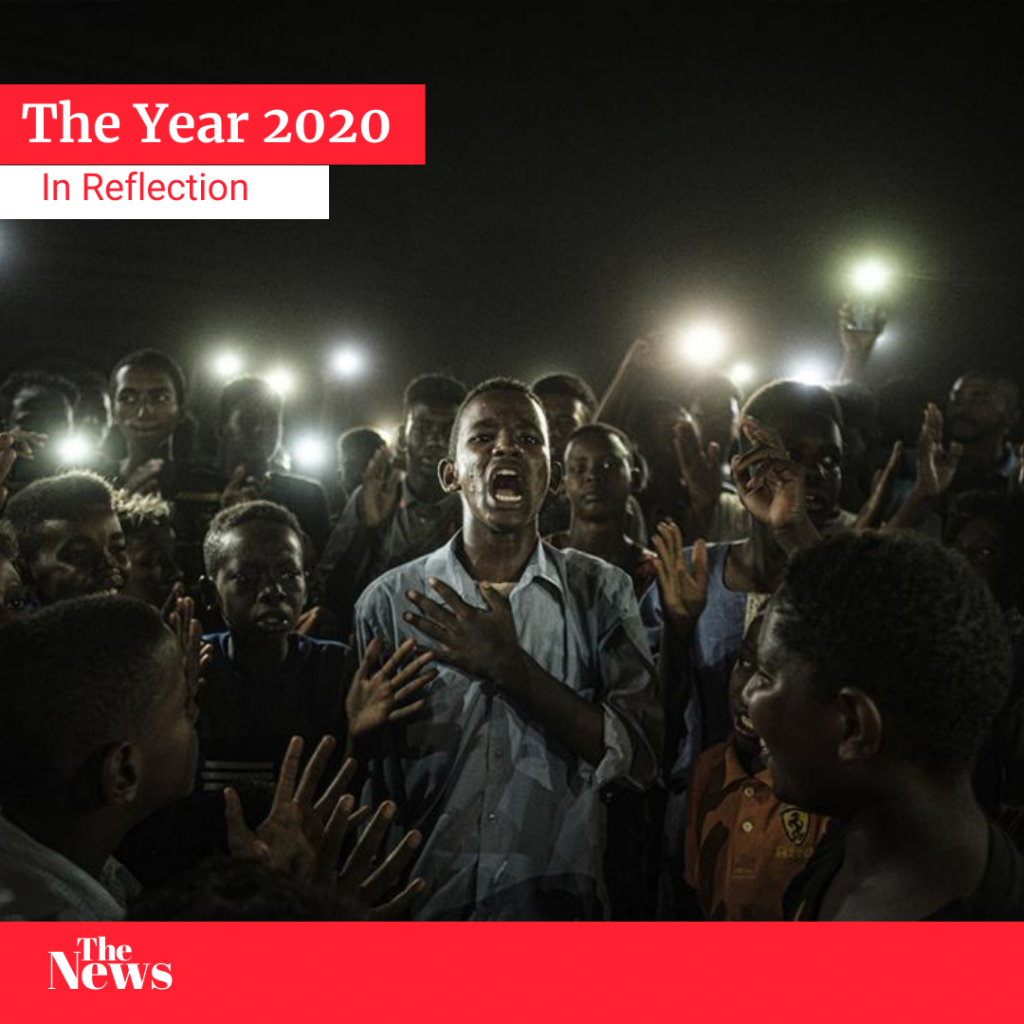
This week we celebrate the birthday of the Reverend Dr. Martin Luther King Jr. Nearly a year after the killing of George Floyd, much of the demonstrations have subsided; however, the need for equity and inclusion continues. The civil unrest witnessed caused many to consider if we were part of a movement that would result in real and lasting change, or if the protests and discussions would subside and this would be just a moment in time. A recent LinkedIn article stated that the fastest growing “C-Suite” position in the United States is Chief Diversity Officer (CDO). Other so-called “C-Suite” positions (e.g., chief executive officer, chief operating officer, chief financial officer, chief counsel, etc.) declined in 2020. However, the question remains, will these added CDO’s actually help bring about equitable change, or are the additions of these (potentially very beneficial) positions just a way for institutions to say to their funders, investors, and stakeholders; “See, we sweet!” In other words, is the addition of CDOs an indication that real change is on the horizon in 2021?
Real change can only occur if tackled at two levels, the institutional level and on a personal level. In the Spring of 2020, the Department of Social Work at CBU facilitated a series of webinars focused on social justice, equity, and inclusion. I co-presented on one of the webinars where we explored equity and inclusion from a policy perspective. I shared my research findings suggesting that collaborative juvenile court programs that utilized data tracking and employed racially diverse staff demonstrated exemplary outcomes for African-American and multicultural children. These findings are consistent with the literature on improving equity and inclusion. Organizations that intentionally use data tracking to ensure inclusion and reduce disparities have better outcomes. Here at CBU, we are considered a “minority-serving institution.” We utilize our enrollment data to track for inclusiveness and areas of disparities. The data suggests that we can do better on reducing attrition rates for African-American and Hispanic students. CBU is committed to improving these outcomes and has a created a Racial Equity Task Force (RETF), charged with developing policies and programs to improve retention and graduation rates for African-American and Hispanic students.
Another important finding from my research and others is the importance of training on cultural humility and implicit bias. Organizations committed to equity and inclusion must also commit to ensuring that every employee is trained on implicit bias, regardless of their title, status, race, gender, or age. Whether we like it or not, we all carry with us implicit biases, partly because our brains are created in a way to make decision making easier. We operate on knowledge from our past experiences and past learnings (both good and bad). This is sometimes called “mindsets,” “heuristics,” or “rules of thumb.” According to the Kirwin Institute for the Study of Race and Ethnicity, The Ohio State University, “Implicit bias differs from suppressed explicit biases that individuals may conceal for social desirability purposes. Implicit biases are activated involuntarily and beyond our awareness or intentional control” (2018). In other words, our implicit biases reflect our thinking patterns on “auto-pilot” based on our own experiences and perceptions of the world. While completely stamping out implicit bias would be impossible. We can use effective strategies to combat implicit bias, such as; data tracking, meaningful intergroup contact, avoiding cognitive load, speaking up, avoiding overconfidence, meditation, and exposure to counter stereotypical examples.
As a university professor, I utilize anonymous grading whenever possible. Research shows that seemingly objective ratings of someone’s work can be skewed based on aspects of that person’s identity, such as race or gender. By utilizing the anonymous grading function offered in blackboard, I can significantly reduce the possibility that my biases have influenced my grading.
As leaders in organizations with “increased sensitivity toward our perceptual blinders and mindsets, we become better able to correctly respond to behaviors occurring in an organization” (Harris and Nelson, 2019 p. 52). It’s essential to become aware of our implicit biases. The Implicit Association Test (IAT), a free and publicly available resource, is an accessible way for individuals to assess implicit biases. Once we become aware of our implicit biases, we can confront them. After participating in the Kirwan Institute’s training, I plan to implement two critical individual strategies to combat the effects of implicit biases in my personal and professional life.
First, I plan to work to avoid cognitive load. Research suggests that when one is stressed, in a hurry, and trying to balance many things, the likelihood of implicit biases goes up. From the perspective of heuristics, this makes sense. Can you imagine critically analyzing every decision you make throughout the entire day? Critically analyzing every single decision would become overwhelming. Instead, we turn to auto-pilot or make decisions based on rules of thumb. While this might be ok when ordering a cheeseburger, this can have harmful effects when used for more important decisions. Reducing cognitive load allows us to be more intentional with our actions and decision making. It turns out that reducing cognitive load and practicing appropriate self-care reduces implicit bias and reduces compassion fatigue and burnout so often encountered in the field of social work. As a professional social worker, we must continually assess our self-care strategies; however, it’s one that I have struggled with throughout my 20-year career in social work. Practicing self-care and avoiding cognitive overload won’t be easy for me in 2021 (working full-time and pursuing a doctoral degree), but I can commit to implementing a self-care plan that includes a healthy diet, regular exercise, prayer, and sleep.
The second strategy I plan to implement, more consistently, is meditation. Meditating on the strengths and gifts of diversity can have powerful effects on combatting implicit biases. Many in today’s world think of meditation as some type of new-age exercise, but in fact, meditation is an ancient tradition. The book of Psalms mentions meditation multiple times. Psalm 19:14 says, “May the words of my mouth and the meditation of my heart be pleasing to you, O LORD, my rock and my redeemer” (Holy Bible). As Christians, we serve a just and loving God, one that instructs us to love our neighbors. As the parable of the “Good Samaritan” reminds us, our neighbors don’t always look like us, speak like us, or believe like us, yet we are instructed to love them just as we love Christ. Taking time to meditate on these teachings every day brings us closer to God, and it also decreases implicit bias’s adverse effects.
As we enter 2021, we can do better than relying on our past knowledge and experiences, walking backward into the future. We can boldly and bravely face the future with improved perceptions of the world around us, where we commit to ensuring social justice in this new paradigm.
About the author:
Philip Breitenbucher serves as an Assistant Professor of Social Work and a Research Associate at California Baptist University. He provides consulting services to numerous organizations and government agencies throughout the nation. His research interests include leadership, organizational change, social work instructional design, and the intersection of child welfare and substance abuse.
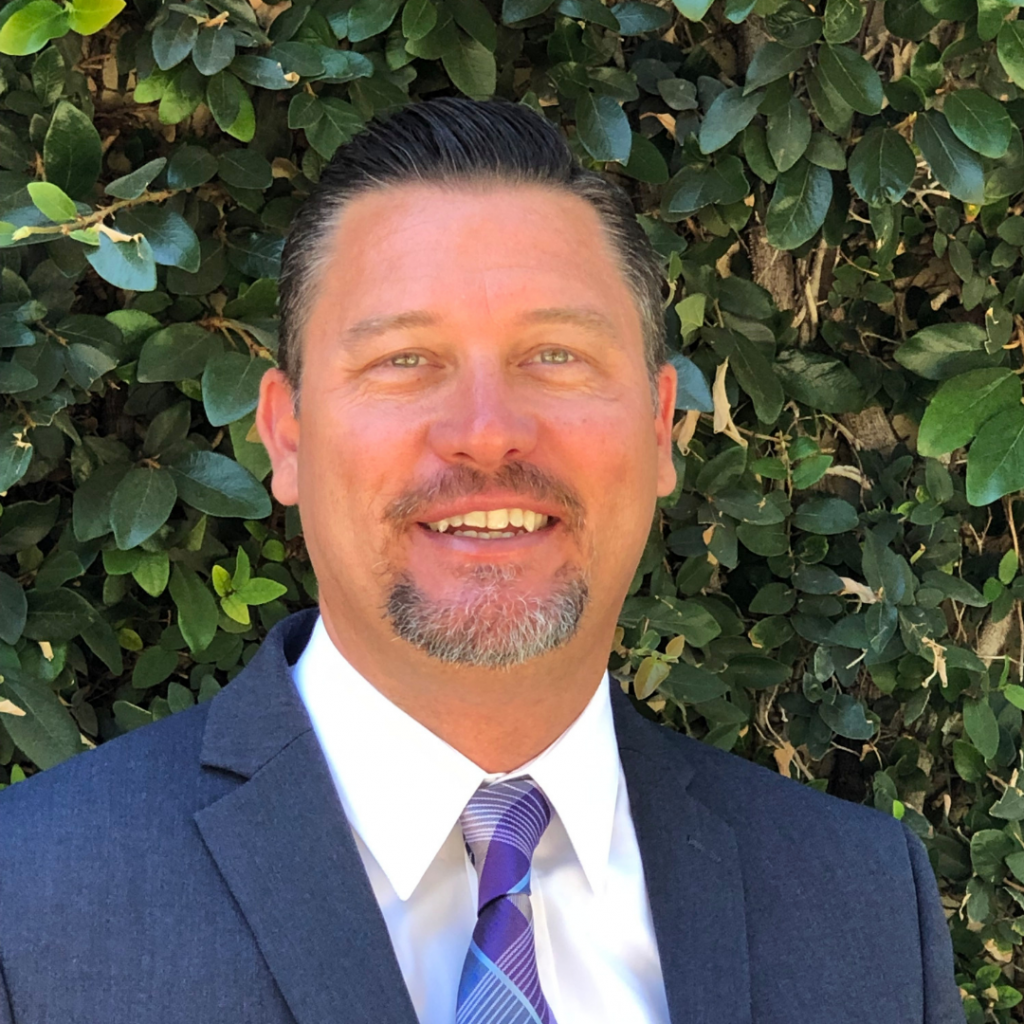
Prof. Phil Breitenbucher, M.S.W
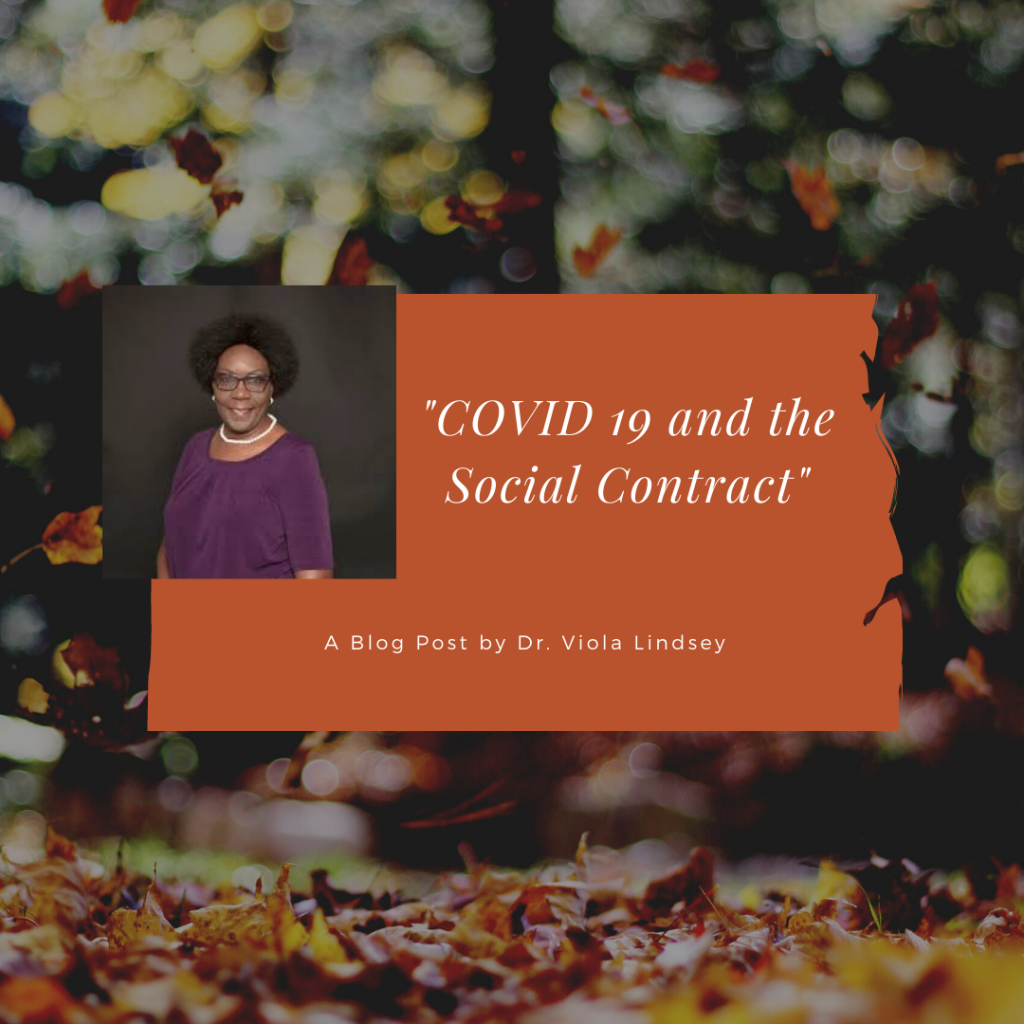
America, as seen through the eyes of deTocqueville has emerged from the shadows of an abyss to a full-blown chasm.
De Tocqueville was convinced that outstanding men avoided elected office in order to pursue their private ambitions and careers. Those who did seek public office, he believed, were often poorly educated and open to corruption. Are we there yet?
On the other hand, de Tocqueville’s assessment of America was that of the place where people rise up to form groups or organizations to resolve common issues. Today we see division for the sake of personal liberty, self-interest, and aggrandizement. Rugged individualism rather than collectivism seems to rule the day.
Patrick Henry’s words of 1775 “Give me liberty, or give me death”, more than 200 years ago, has become the rallying cry for personal freedom as individuals choose not to wear mask as a way of quelling COVID 19. Death, over life, appears to be the new currency in the pursuit of individual happiness, liberty, and personal freedom.
It seems we have become a society so focused on self that we are willing to self-sacrifice even though it is destructive to the interest of self. What a paradox. Let me explain. For the sake of perceived liberty and personal freedom, there are those who refuse to wear masks even though there are clear risks not only to self, but to grandmas(pas), other family members and the broader society. The social contract where we look out for each other appears to no longer exist.
In one of his more audacious speeches, Dr. Martin Luther King, Jr. lamented that America is ‘Socialism for the Rich, Rugged Individualism for the Poor”. In other words, the poor are to pull themselves up by their bootstraps while those of means are naturally elevated, provided access to goods and services simply because of their status and wealth.
Not only was this a historical expectation, it was prophetic for the time in which we currently live. In a recent interview with President Trump where he was asked why there was no mandate for those attending his rallies to wear mask, the president, who is well cared for medically, maintains his social distancing, said ‘I don’t need to tell Americans to wear a mask, people are smart; they know how to make smart decisions for themselves’. At its best, such comment foments individualism, pull yourself up by the bootstraps, you are on your own mentalities.
The argument of this essay is that excessive indulgence in individualism over collectivism weakens our social structure rendering the social contract of responsibility to each other null and void. Personal liberty, independence and self-direction seems to be emerging as the new social contract. But the social contract is not yet totally void; for the safety of others, you can’t yell fire in a crowded theatre.
But can you, is food for thought. Have we arrived at a personal space where liberty and personal freedom permits one to yell fire in a crowded theater? Hopefully, that portion of our social contract is still intact, except as it relates to COVID 19 and wearing a mask.
Submitted by Viola W Lindsey, MSW ASW PhD
October, 2020
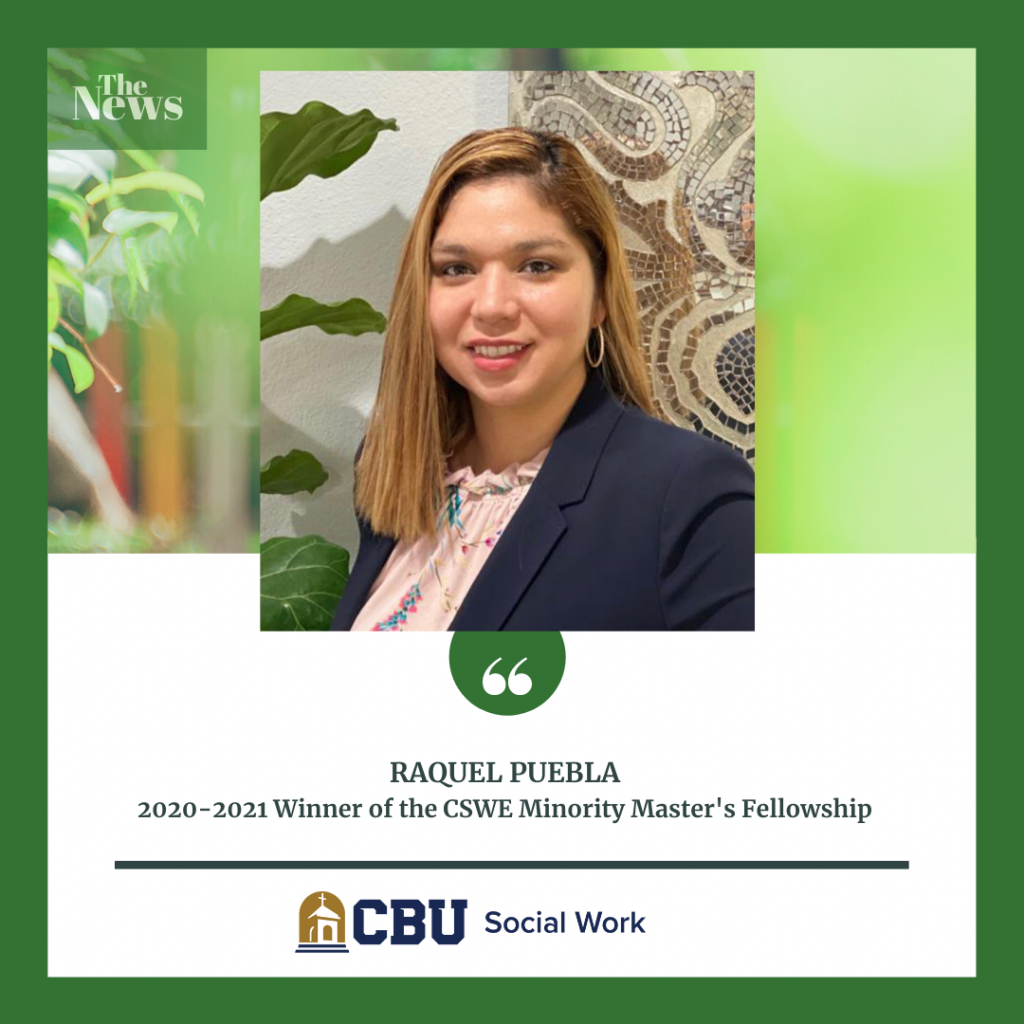
My name is Raquel Puebla, I am finishing my last year of the MSW program at CBU. After graduation I plan on becoming licensed and purposefully providing bilingual mental health services. I hope to assist with decreasing the stigma associated with mental health and bringing awareness to the Latinx Community. I previously worked for Riverside County as a Social Services Practitioner III and San Bernardino County as a Social Woker II. I currently work for San Bernardino County Department of Public Health. In my spare time I like to travel with my two children.